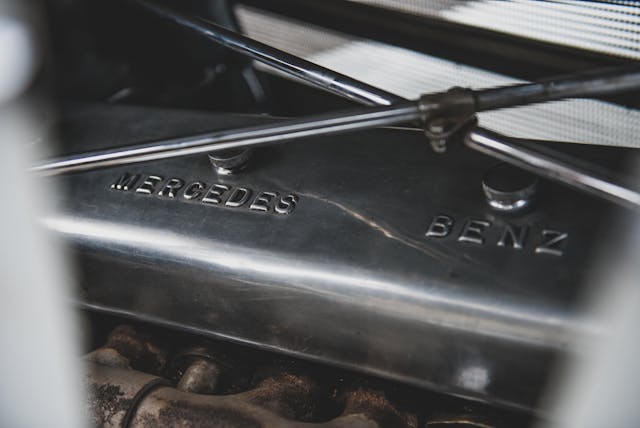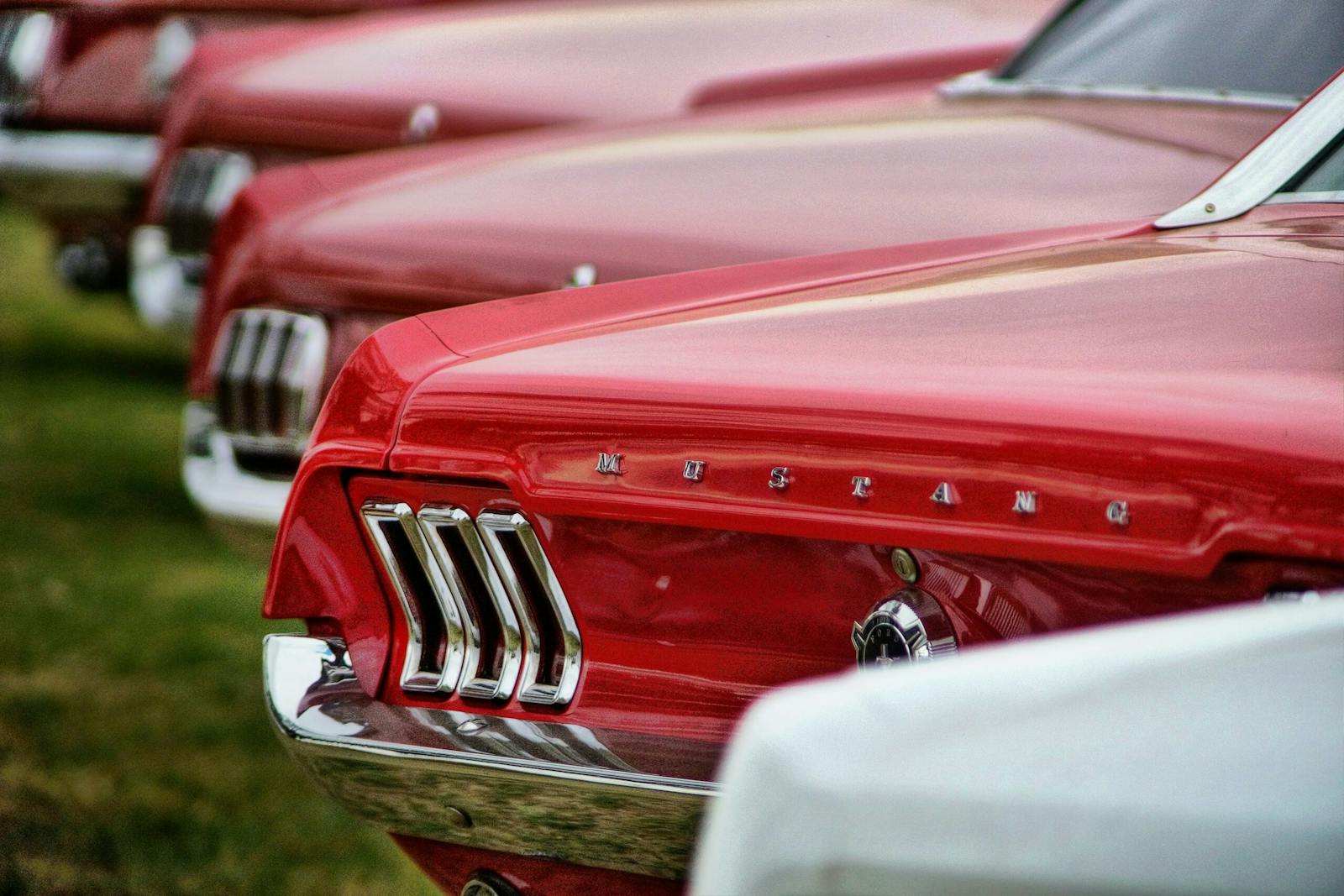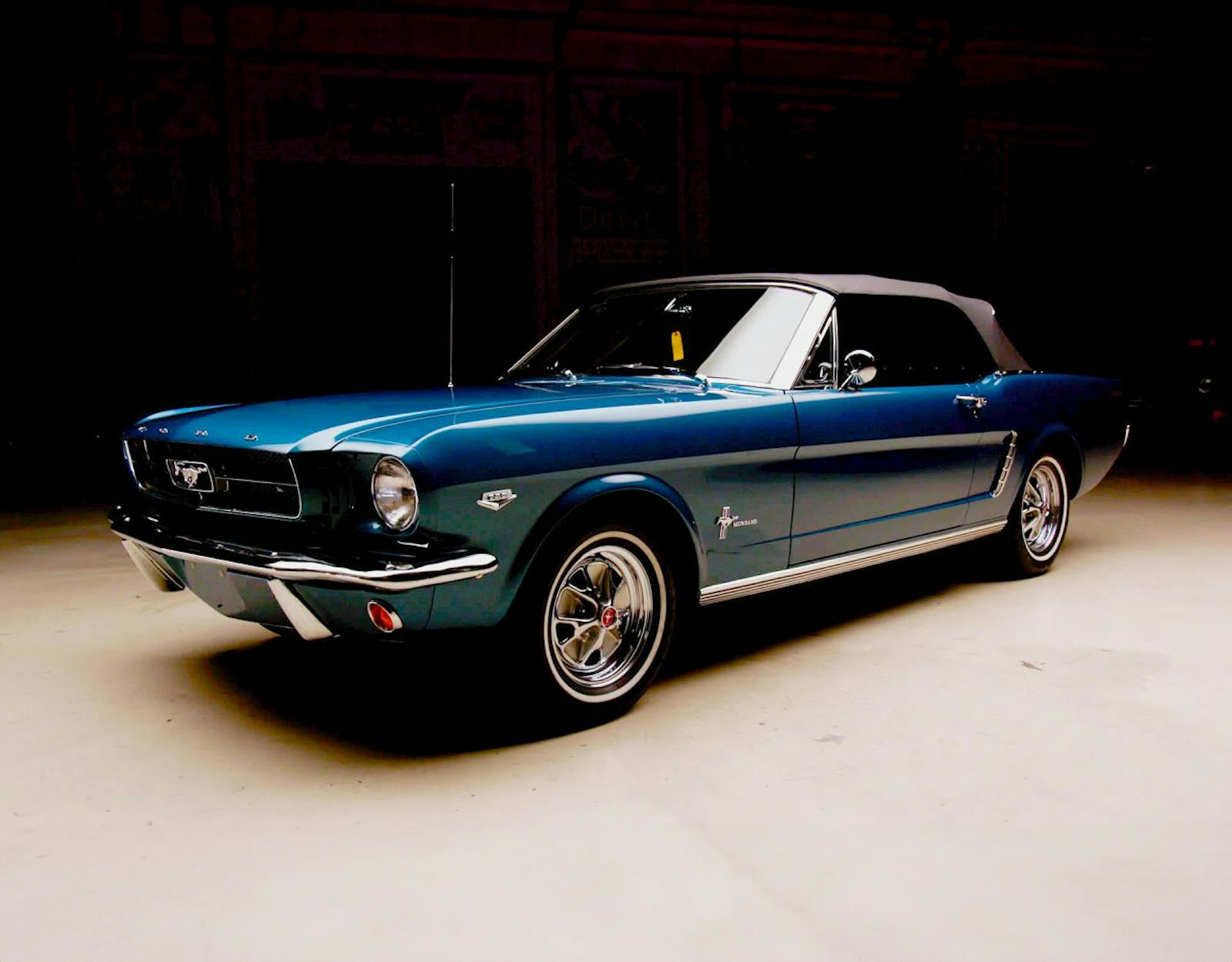Can there be too much of a good thing? We’ll find out at Monterey 2022

The Monterey Car Week auctions have long been the place to sell a very valuable car. Since the 1980s, the peninsula has produced the most expensive public sale of the year at least half the time. This year, when we’ve seen appreciation for cars of all kinds—and a new all-time auction record at $142M for a Mercedes-Benz 300SLR—the Monterey sales are shaping up to be particularly epic. But they are not without risk.
Although the auction run lists are not yet final, the number of $1 million-and-up vehicles consigned to the auctions is likely to exceed that of prior years. Remember back in 2020, when the supply of top-tier cars at events across the country seemed constricted? Those days are far behind us.
If the quantity of million-dollar cars is unprecedented, so too, it seems, is the quality. We'll take a detailed look at the top consignments as the auctions draw nearer and the catalogs are finalized, but it's safe to say 2022 will host one of the finer assemblages of vehicles ever to be sold in one place at one time. One of the standouts this year is the 1934–1936 Mercedes-Benz 500K and the 1936–1939 Mercedes-Benz 540K. Mercedes built a total 761 of these lofty automobiles. Twelve of them will be up for grabs at Monterey in August.
Great cars at a perfect venue in a hot market—seems like a recipe for a blockbuster auction. Indeed, it might be. However, there are caveats to consider. The first is the market. Our latest price guide update for July 2022 shows appreciation is slowing. Aggressive bidding, measured by bids above the Hagerty Price Guide #1-condition value at online auctions, is becoming less common. Looming behind that is gloomy economic news, which as we noted last week is liable to register even with those who can afford million-dollar cars.
But the biggest factor to consider might be the cars themselves: Are there just too many?
It helps to think for a minute about the concept of blockage, which—we promise—has nothing to do with eating prunes. As any good appraiser will tell you, the market cannot support a flood of similar product without an adjustment in value. Say a noted artist dies and their work is auctioned off all at once. Early offerings might go through the roof, helped by the fact that a great selection can command the attention of a huge herd of bidders. But beyond a certain threshold, those bidders will have been satisfied, and only the dealers will be buying.
Figuring out exactly what that threshold is can be tricky, but we can get a sense of it by examining how many of a given model come up for auction in a given year. Financial types refer to this sort of thing as liquidity.
Chevrolet Corvettes, for example, have high liquidity as far as cars go. In a given year, we'll see thousands of them cross the block. There are also thousands of different color and option combinations, and they tend to be relativity affordable. It's still possible for there to be too many for a given sale, but even in that scenario, there is a good chance that a dealer would swoop in, or that a current Corvette owner would buy a better example for their collection, knowing they can offload their current Corvette at a later date. In other words, the fact that everyone perceives the car to have high liquidity further benefits its liquidity.

Blockage is more liable to come into play with limited-production cars that don't sell frequently, which brings us back to those twelve Mercedes 500/540Ks. Although twelve cars is not a huge percentage of production, these are very expensive cars—their average Hagerty Price Guide #2-condition values are $1.91M and $3.49M, respectively—and they don’t often come to market. Typically, only two sell at auction each year. It's worth noting, though, that these cars came in myriad different configurations. Each car is in some ways different from the others—different body styles, different coachbuilders. Some examples will appeal to one potential new owner while a second or third example might not. That variety may bring out more bidders than if they were all carbon copies of each other.
There's similar crowding when it comes to Ferraris. Of course, there are always lots of Ferraris at Monterey, and one usually sets the record for the year. This year could be no different. However, there are also three examples of the 1956–1959 Ferrari 250 GT Tour de France (TdF) consigned to the auctions, and typically just two sell at auction in a given year. The average Hagerty Price Guide #2 value is $7.2M.
Some expensive classics, on the other hand, are more liquid. For instance, the nine Mercedes-Benz 300SLs consigned to the auctions this year seem like a lot, but 20 typically sell at auction yearly. The model has an average Hagerty Price Guide #2 value of $1.6M (excluding alloy cars).
Last year one of the big stories at the Monterey auctions was the popularity of analog supercars. One of the best known is the 1987–92 Ferrari F40. Its Hagerty Price Guide values are up 72 percent since last year, to a #2-condition value of $2.6M, and the incentive to realize those gains is obvious. The four consigned to the auctions equals the number sold at auction in a typical year, so the market should be at equilibrium.
Although there's a risk of blockage for specific models, we're less concerned about the number of million-dollar cars on the whole. The size of the pie that is collector car auctions has increased dramatically in recent years—some 42 percent since 2015. It should be able to absorb even a supersized Monterey. So long, that is, as bidders find the quality and variety of the cars compelling, and consignors haven’t gotten carried away with reserve prices.
So, what we have at Monterey this year is something of an all-in hand of poker. With so many top-tier cars on offer from five auction companies, total sales could exceed $400 million. That would be a record for Monterey. The hot market could persist for another year or more. If there’s less agreement about values, a repeat of 2019 is possible, with total sales down by nearly one-third. A miss on total sales would likely cool the market, and the core Monterey auction offerings would be affected the most.
One thing is for certain: This will be a very interesting set of auctions to watch, both for the high stakes and the sheer awesomeness of the cars that will be up for grabs. If you simply have an appreciation for rare and expensive automobiles, Monterey Car Week 2022 will be an even better place than usual to see them in the flesh.
Are you planning to attend Monterey Car Week? Keep up to date on the latest news and events by subscribing to our special edition newsletter or text Pebble22 to 227588 (CAR LUV) for real-time event updates straight to your phone.

